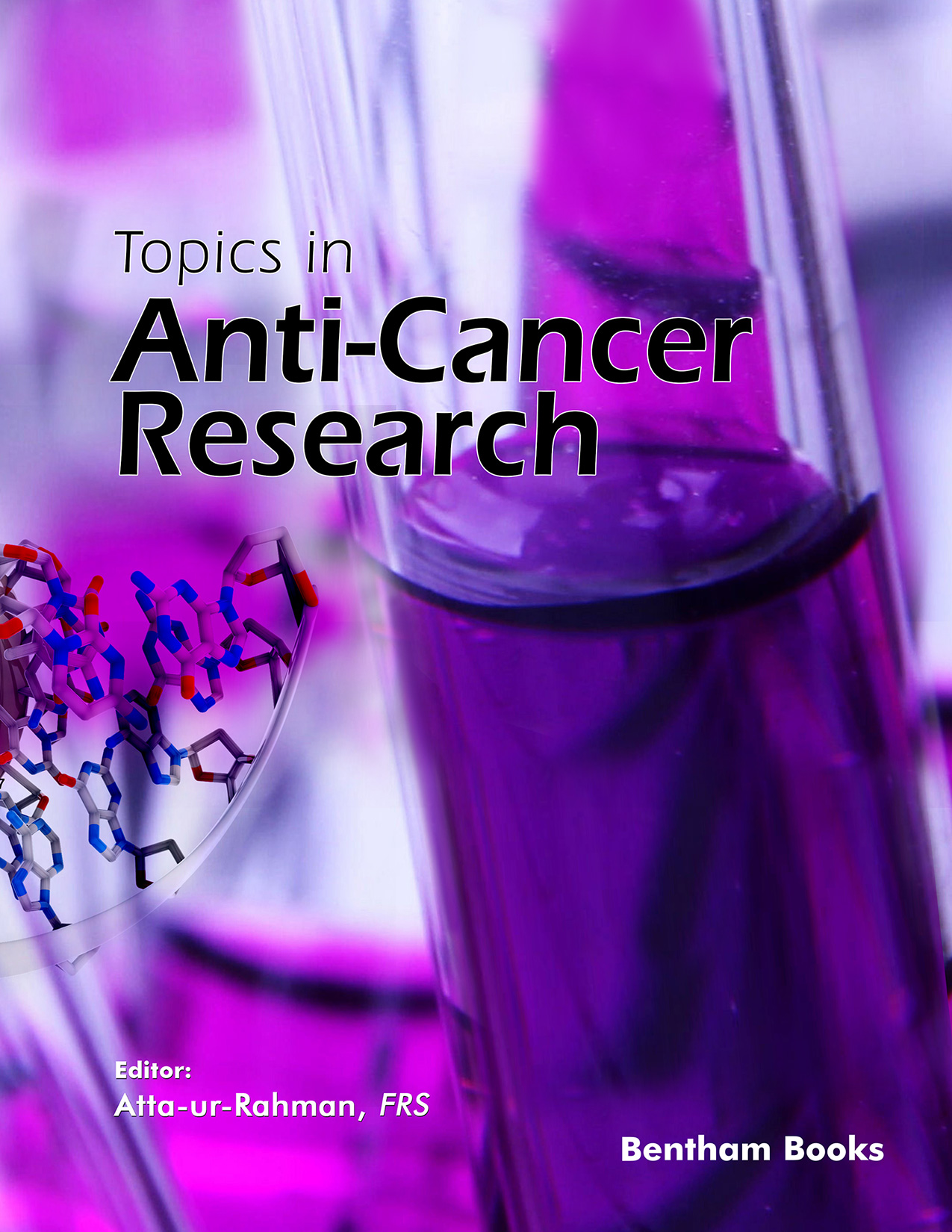Introduction
Topics in Anti-Cancer Research
covers new developments in the field of cancer diagnosis and drug therapy. Novel drugs as anticancer agents include natural and synthetic phenazirines and other anti-cancer compounds. The series also covers information on the current understanding of the pathology and molecular biology of specific neoplasms.
The diversity of research topics published in this book series give broad and valuable perspectives for cancer researchers, clinicians, cancer professionals aiming to develop novel anti-cancer targets and patents for the treatment of various cancers.
The topics covered in this volume are:
- - Peptides can play a major role in combating cancer diseases
- - Studying of the CLL after treatment using fractal parameter of neoplastic lymphocytes detection (ΛNLD)
- - Mechanistic insight of rhenium-based compounds as anti- cancer agents
- - Targeting cancer-specific inflammatory components in cancer therapeutics
- - Marine natural products as a source of novel anticancer agents: a treasure from the ocean
- - PDX clinical trial design in anti-cancer research
Audience: Pharmacologists, drug discovery researchers, clinical oncologists, medicinal chemists

